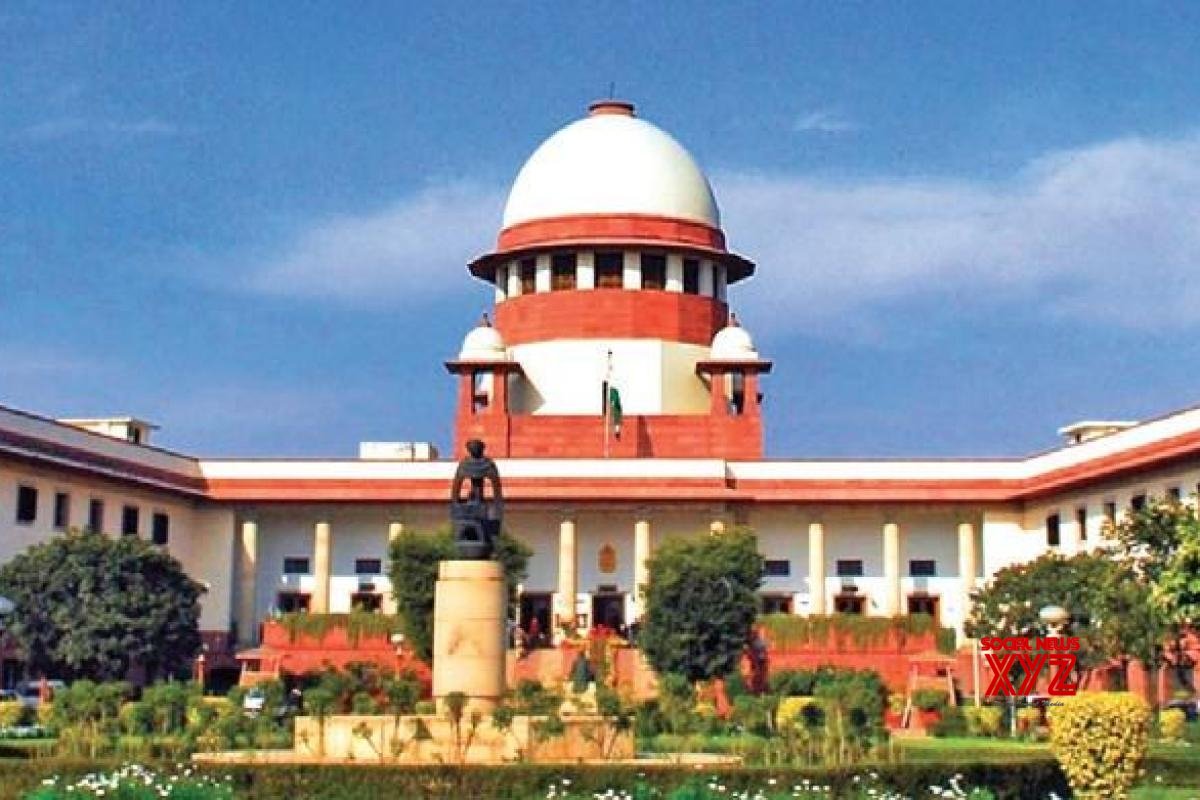CAQM invokes stage III GRAP curbs in view of spike in city’s AQI
According to the sub-committee of the CAQM, the AQI levels of the city exhibited a sharp increasing trend on Wednesday while the index value at 4 pm recorded at 365.
Justice Chandrachud said this is a national capital and severe air pollution levels do not send good signals across the globe.

Supreme Court (Photo: Twitter)
The Supreme Court on Wednesday continued to slam the Centre and the bureaucracy at the state government level on the issue of severe air pollution in the national capital.
The top court said it cannot micromanage states and tell them what to do and what should not be done.
Advertisement
As a measure to stop stubble burning, the top court suggested the secretaries in the government should visit fields and engage with farmers and also with the scientists, to find a permanent solution to combat the menace of air pollution.
Advertisement
A bench headed by Chief Justice N V Ramana and comprising Justices D Y Chandrachud and Surya Kant said: “We are using our common sense in discussing this issue. As a government, lawyers and judges, we are discussing this. What is the bureaucracy doing? Let the secretaries decide something…”
“Why can’t they go to fields and speak to the farmers, scientists and devise a permanent solution (to stop stubble burning)?” the bench added,
Senior advocate Vikas Singh, appearing for the petitioner Aditya Dubey, submitted that the stubble burning issue needs attention and if farmers are compensated, farm fires can be controlled.
The Chief Justice suggested the stubble can be taken to Rajasthan and Himachal Pradesh, where it can be used as fodder for cattle.
The bench suggested if the Govardhan model is implemented, stubble from these states can be given to states where there is fodder scarcity.
The bench said the weather department has informed us that air quality will deteriorate again. It told the Centre’s counsel, Solicitor General Tushar Mehta, “We can’t go with wind direction. What steps should be taken?”
The bench told Mehta to continue with measures to control air pollution for the next 2-3 days and added that even if pollution goes down now, it will continue to hear the case and issue directions. “We will hear it again on Monday. In the meantime, if the situation improves, lift some bans,” said the bench.
“We are not going to close this matter. We will continue the matter…almost every day or alternate day,” said the bench, making clear its intention that the court wants to see effective implementation of the steps to combat the menace of air pollution.
The apex court is very concerned about the critical levels of air pollution in Delhi and pointed out that the air quality index continues to be over 300, which is hazardous.
During the hearing, the bench pointed out that Delhi’s air quality has again slipped into the poor category and added that the government should come up with a long-term solution. “It (the air quality) will again be in a very serious category…”, noted the bench, as it emphasized developing a scientific model for Delhi to combat the air pollution, which is a recurring issue.
Justice Chandrachud said this is a national capital and severe air pollution levels do not send good signals across the globe.
He told the Centre not to concentrate on ad-hoc arrangements — street cleaning through machines, anti-smog guns, dust management, etc., — rather the air quality commission should conduct some scientific study to reduce air pollution.
Justice Chandrachud also suggested seasonal modelling for air pollution for example — from January to March, July to September, and November to January. “You have to have models for different seasons for Delhi…look at the data in the last 5 years,” he added.
Pointing at 381 AQI in Delhi, the bench told the Centre to take steps for 2-3 days to curb air pollution and scheduled the matter for further hearing on 29 November.
The top court was hearing a petition by a minor Aditya Dubey seeking directions to stop stubble burning and also provide stubble-removing machines to small and marginal farmers for free.
Advertisement